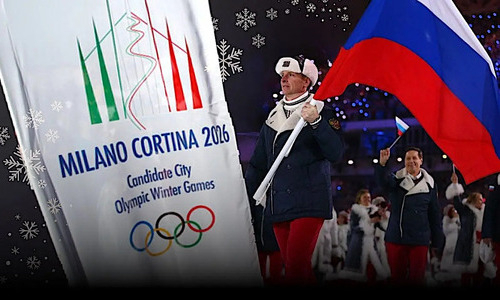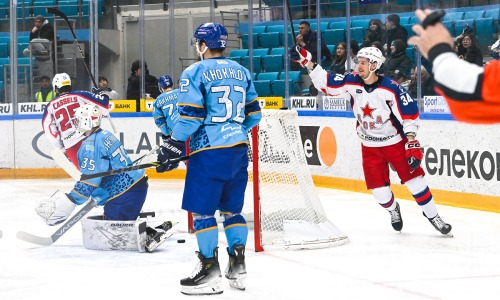The U.S. State Department accused Russia on May 1 of having used a chemical weapon against Ukrainian forces in violation of the Chemical Weapons Convention, while also announcing fresh sanctions against Moscow.
The US factsheet accuses Russia of using chemical agent chloropicrin in Ukraine. In addition to that, Russia also used “riot control agents (tear gas) as a method of warfare in Ukraine, also in violation of the CWC,” the U.S. State department said in a factsheet.
Also Read | Russia denies U.S. accusation of using chemical agent chloropicrin in Ukraine
“The use of such chemicals is not an isolated incident, and is probably driven by Russian forces’ desire to dislodge Ukrainian forces from fortified positions and achieve tactical gains on the battlefield,” the State Department said.
What is Chloropicrin?
According to the U.S. National Institutes of Health, the chemical chloropicrin is used both as a warfare agent and pesticide. If inhaled, it poses a health risk.
Also known as nitrochloroform, chloropicrin is also employed as an antimicrobial agent, and as a herbicide and nematicide. It’s manufactured today in a chemical reaction involving sodium hypochlorite (which in dilute form is called bleach) and nitromethane (a common industrial solvent).
It can also be made by combining chloroform with nitric acid, which yields chloropicrin and water.
It was first made for us as a poison gas in the First World War, by both the Allied and the Central Powers. Chloropicrin has documented irritating and tears-inducing effects on humans, and is also known to be highly toxic and carcinogenic.
Chloropicrin can also induce vomiting, which was known to prompt soldiers to remove their masks, when they would inhale more of the gas, or other gaseous agents dispersed in the air.
The U.S. State Department also accused Russia of using tear gas on the battlefield. Tear gas is a collective name for any lachrymatory — or tears-inducing — agent; popular examples include pepper spray, and bromoacetone.
U.S. announces sanctions
The U.S. Treasury Department announced sweeping sanctions aimed at crippling Russia’s military and industrial capabilities — including targeting nearly 300 entities in Russia, China, and other countries accused of supporting President Vladimir Putin’s invasion.
The sanctions are meant to punish companies that help Moscow acquire weapons for its war in Ukraine. They also target Russian government entities and companies involved in the country’s chemical and biological weapons programs.
In April 2022, for example, members of a nationalist group in Ukraine had written in a message group that a factory in Mariupol, a city around 800 km southeast of Kyiv, had released a “poisonous substance of unknown origin” into civilian-populated areas, leading to multiple reports of injuries.
Also Read |Ukraine warns situation on front will worsen in May
Ukraine’s deputy defence minister had speculated at the time that the emissions could be from “white phosphorus munitions”. But independent experts found the claims to be thinly substantiated while the U.S. and the U.K. said they would investigate them further.
Russia has said it no longer possesses a military chemical arsenal, but the country faces pressure for more transparency over the alleged use of toxic weapons.
“In 2017, the Organisation for the Prohibition of Chemical Weapons (OPCW) said Russia had destroyed a stockpile of 40,000 chemical weapons it had declared until then. But the next year, Russian military officer Sergei Skripal and his daughter Yulia were found poisoned by a prohibited chemical weapon in the U.K.
In 2020, five testing laboratories working with the OPCW confirmed Russian political activist Alexei Navalny had been poisoned with a similar substance. These incidents have undermined trust in Russia’s claims of distancing itself from chemical weapons.”
(With inputs from AFP)






